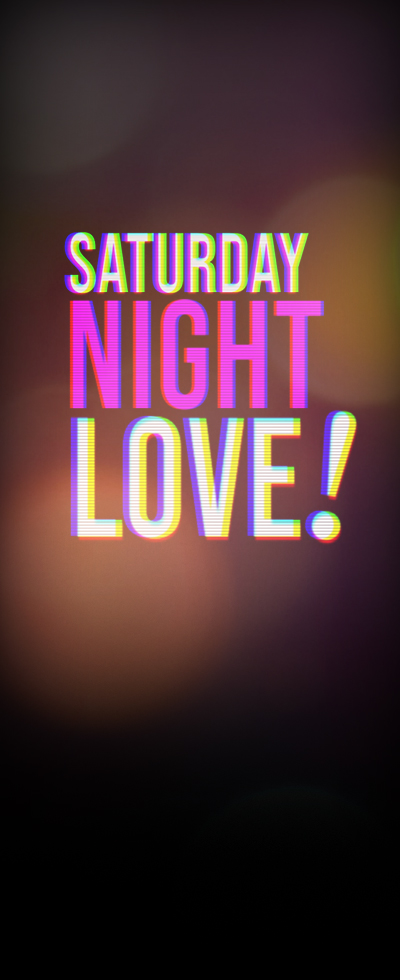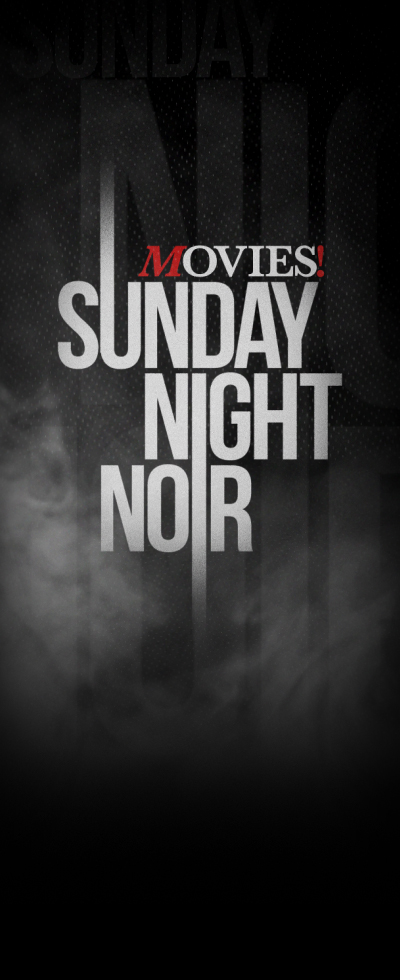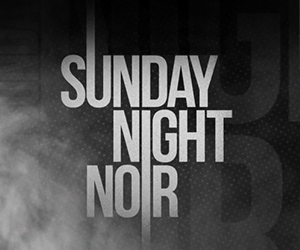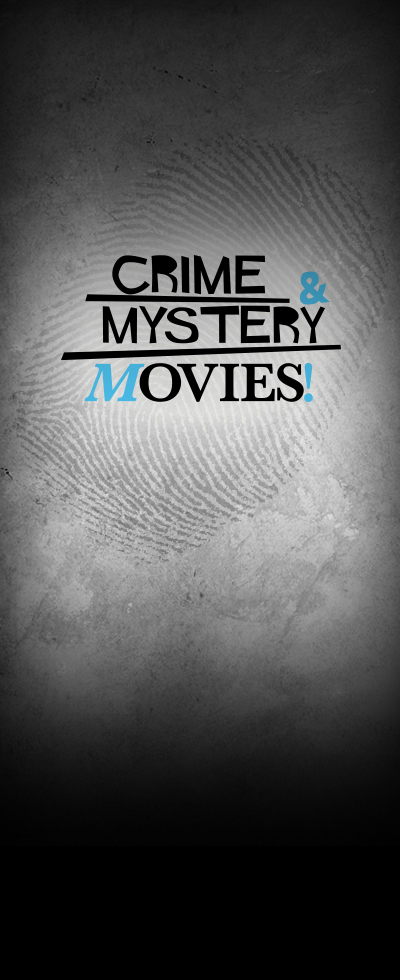For showtimes, click here.
Lady in the Lake has a lot to love about it – whether it’s the unique point of view, the ironic Christmas backdrop to a convoluted mystery, or the many faces of Audrey Totter, there’s something for everyone. Go behind the scenes of the film noir below!
1. It was a “revolutionary motion picture”!

At least, that’s what the advertisement boasted along with “the most amazing since Talkies began!” Lady in the Lake was quite unique too since it featured a first-person point of view. The idea was actually first thought up for Dark Passage but since it was experimental, the studio wasn’t sure it would work. So director and star Robert Montgomery decided to prove it could be done. In order to achieve the right look, the cameraman positioned the camera on his shoulder, and the actors had to respond directly to it. The technique was a success, and Dark Passage was given the go-ahead to use it too (read more about that here).
2. Totter got her big break.

Hedda Hopper wrote, “Bob Montgomery handed Metro a star in Lady in the Lake. Her name – which I've been screaming for two years – is Audrey Totter.” It would seem that any actress would have jumped at chance to play a part where the camera was focused on her, but that wasn’t the case. “Just about every actress in town – not just the MGM ones – turned Bob down for the leading lady role. No one wanted to stake her career on so chancy and experimental a project.” Totter was originally supposed to star in The Killers also, but when Lady in the Lake’s shooting schedule changed, she had to relinquish the role.
3. The ending changed.

Originally, Montgomery and Totter’s relationship is left open ended, leaving the viewer to wonder if they became a couple. But test audiences wanted something definitive, so the studio pushed for resolution. Totter said, “Bob was happy with the film the way it was… but the studio insisted we go back and film that silly, pasted-on scene at the end. Bob and I thought it was so silly that when we shot our kiss, we couldn’t stop giggling.”
4. The studio head objected to one scene.

MGM studio head Louis B. Mayer had a bone to pick with Montgomery regarding Totter’s hair. In one scene, she answers the door after having been asleep, and her hair appeared ruffled, as it should have been. Mayer, however, didn’t think that was appropriate and said, “When my actresses get out of bed, they look like they just got out of a beauty shop.” But Montgomery stood up for the detail and eventually won.
5. It’s a Raymond Chandler story.
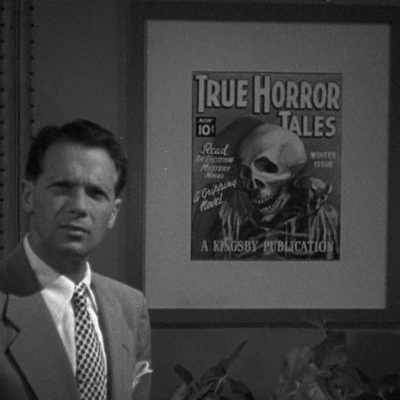
In order to support his wife and himself, Chandler became a writer during the Great Depression, mimicking other authors of pulp fiction. He was paid approximately a half-cent per word, and the negotiations over money often included the editor putting down the story in order to pay less for it. Lady in the Lake provided a way for Chandler to look back at this time in his life. Unfortunately, Hollywood didn’t offer much of a difference. In a 1945 piece, he wrote, “The making of a picture ought surely to be a rather fascinating adventure. It is not; it is an endless contention of tawdry egos, some of them powerful, almost all of them vociferous, and almost none of them capable of anything much more creative than credit-stealing and self-promotion.”








